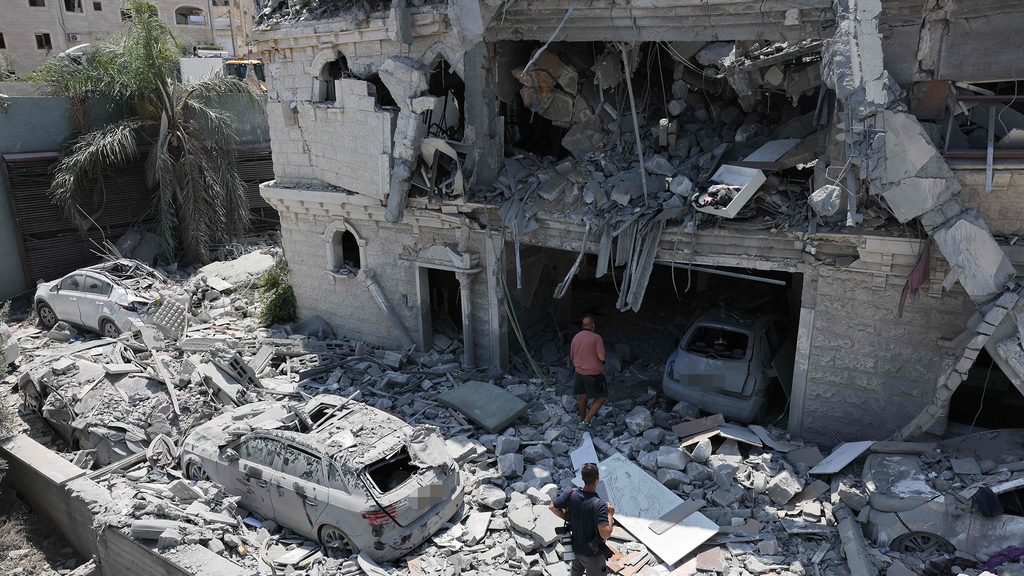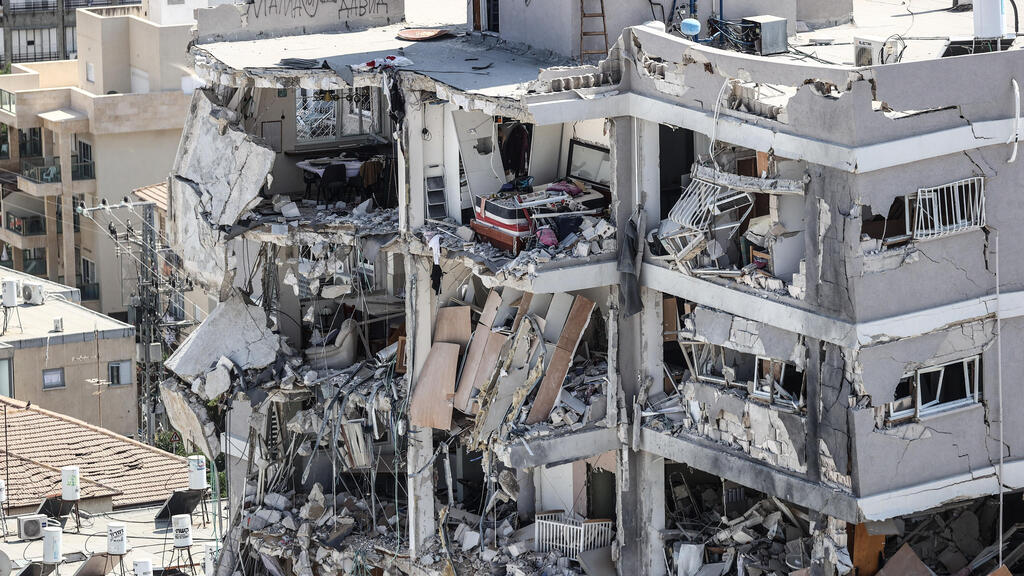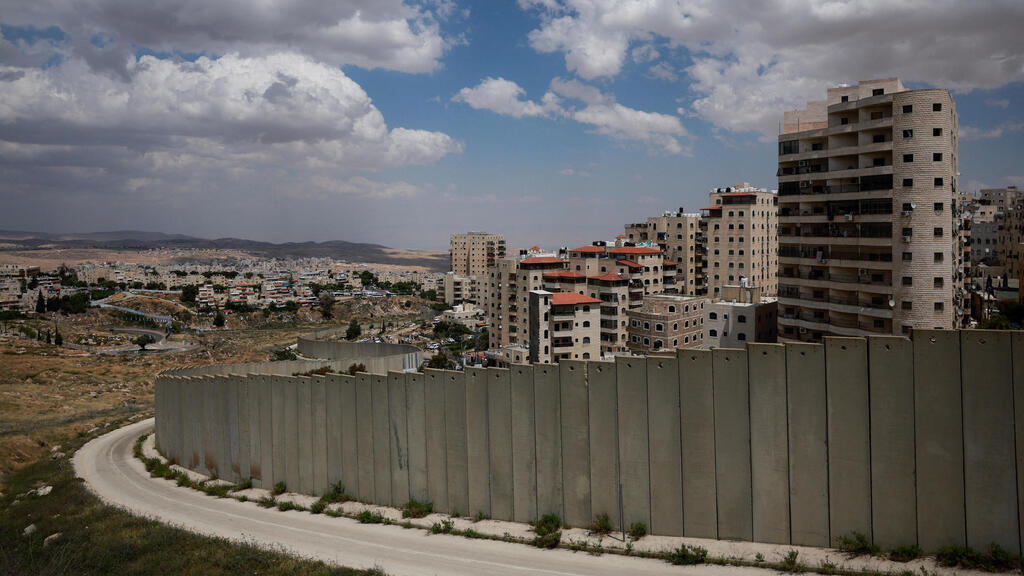The deadly Iranian missile barrage in recent days, which left more than 20 civilians dead and hundreds wounded, has cast a harsh spotlight on the dire lack of bomb shelters in Arab and Bedouin communities across Israel. Four women were killed in the northern city of Tamra, where no public shelters or fortified buildings were available, underscoring the life-threatening gap in protection.
While most Israeli cities have public shelters even when residential buildings lack reinforced rooms, hundreds of thousands of citizens in Arab and Bedouin areas remain without even the most basic protective infrastructure. A key reason, officials say, is that many homes were built without permits and therefore lack formal recognition, meaning no official protection plans can be approved for them.
A new position paper by the Israeli nonprofit Bimkom – Planners for Planning Rights, released Tuesday for the first time, reviews the status of civil defense in Arab towns, Bedouin villages and East Jerusalem. The findings point to a systemic failure and discriminatory planning policies that have resulted in a severe shortage of shelters, directly endangering residents’ lives. The report concludes that the state’s neglect of protection in Arab communities amounts to a grave and ongoing failure.
According to the report, approximately 100,000 Bedouin citizens live in about 35 unrecognized villages across the Negev, in makeshift structures made of tin and concrete blocks that lack reinforced rooms or any basic safety features. These homes offer no protection from missile attacks. Another 200,000 Bedouins live in officially recognized Negev towns. But even in these areas most structures were built without permits and do not meet safety codes, making it nearly impossible to add proper fortification.
Despite the urgent need, only around 250 shelter points have been established in the Negev since October 2023—roughly half funded by the government, with the rest coming from private initiatives or civil society organizations. Bimkom says the low number “illustrates the government’s failure to provide an adequate response.”
The situation in Arab communities in northern and central Israel is also troubling. Many of these towns lack approved zoning plans, making it impossible to issue building permits or retrofit existing homes with shelters. In most cases, the structures were built independently by residents, and technical, financial, and planning barriers make reinforcement infeasible.
In East Jerusalem, home to nearly 400,000 Palestinians, there are only about 60 public shelters—most located in schools. In contrast, West Jerusalem boasts hundreds of public shelters and reinforced spaces in newer or renovated buildings. This gap highlights a massive disparity in civilian protection between the two sides of the city. Furthermore, most homes in East Jerusalem were built without permits or are considered legal only because they existed before Israeli law was applied to the area. As a result, they lack protected spaces and leave residents highly vulnerable during attacks.
The authors of the report note that the National Outline Plan for Shelters (TAMA 40 A/1/1), fast-tracked after the October 2023 Hamas attack, was intended to streamline the approval process for adding reinforced rooms to private and public buildings. However, the plan includes no government funding and offers no practical support for implementation in economically disadvantaged communities. The burden of planning and financing protective spaces, they argue, has been unfairly shifted to private citizens and local authorities, without providing them with the necessary tools or resources to do so.
The funding issue, Bimkom notes, does not fall under the responsibility of the National Planning Administration or the National Housing Headquarters, but rather depends on the willingness of the Israeli government and the Finance Ministry to allocate the required budget.
In Arab and Bedouin communities—among the most socioeconomically marginalized in the country—where most existing buildings do not meet safety standards, simply speeding up the permit process is not a viable solution. The plan also lacks any monitoring or enforcement mechanisms to ensure its effectiveness.
Get the Ynetnews app on your smartphone: Google Play: https://bit.ly/4eJ37pE | Apple App Store: https://bit.ly/3ZL7iNv
Furthermore, TAMA 38, a separate framework for strengthening buildings against earthquakes, which can also be used for fortification, relies on market incentives and is only feasible for economically viable projects. As such, it has failed to protect the periphery and Arab communities, where profitability is limited or nonexistent.
Bimkom is calling on the Israeli government and local authorities to urgently and responsibly address the shelter disparity through long-term planning, dedicated public funding, technical and financial assistance for residents, and oversight to ensure that reinforced structures are built in all communities that need them.
“Discriminatory planning against Arab and Bedouin communities is worsening the already dire situation for these vulnerable populations in the face of real security threats,” the organization said. “This systemic neglect disproportionately harms the most at-risk citizens—and must end immediately.”
In response to Ynet’s request for comment, the National Planning Administration and the National Housing Headquarters said:
Planning institutions are responsible only for planning issues. Already in October 2023, just days after the outbreak of the Iron Swords War, the National Planning and Building Council approved a national outline plan to streamline the process for adding protected spaces, regardless of sector. Additionally, a separate outline plan was approved for setting up temporary shelters nationwide without requiring permits—this will also apply to the Bedouin areas in the south. Funding and implementation are not under the responsibility of the planning bodies.”






